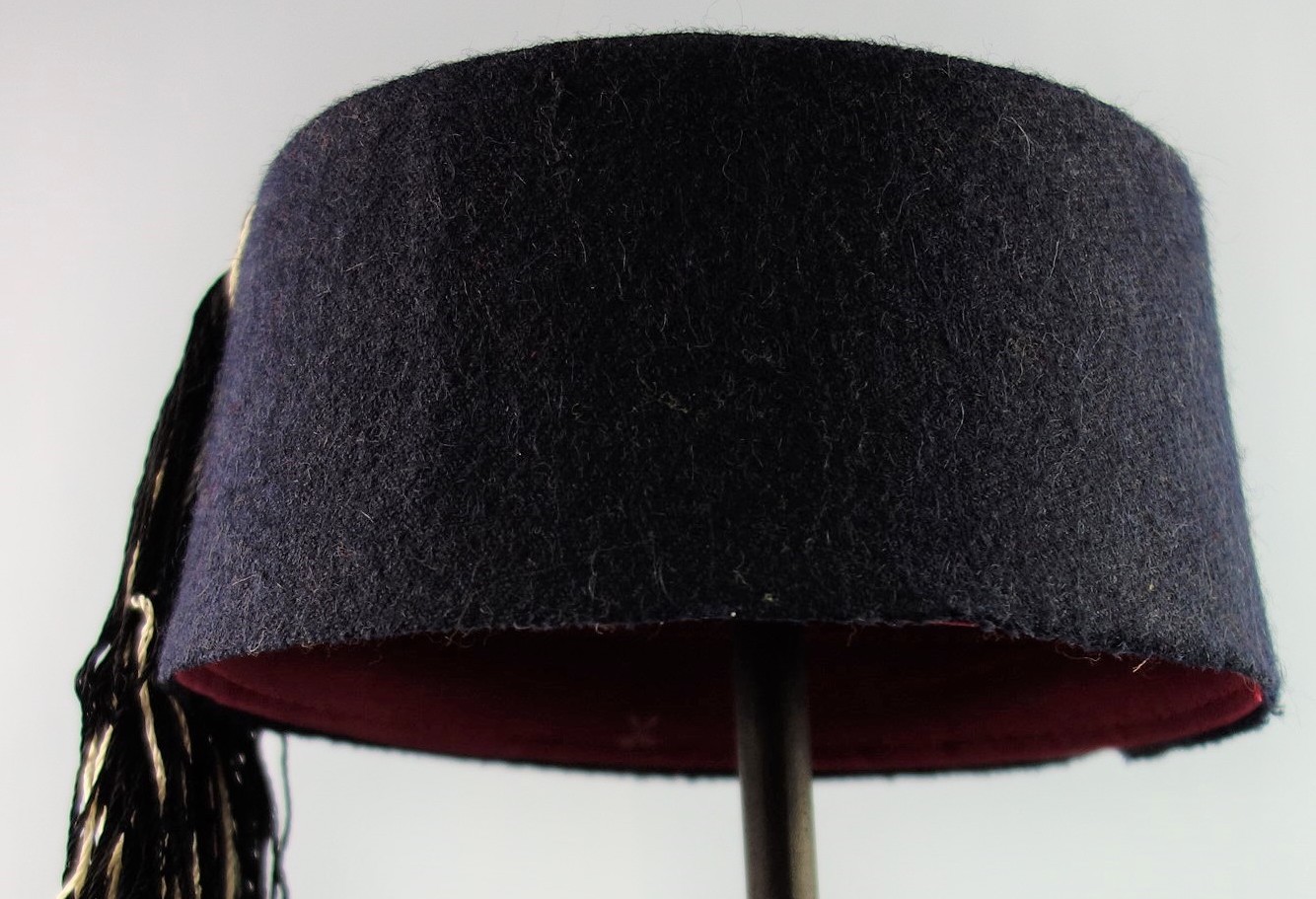Followers of the British comedian Tommy Cooper, who died in 1984, will instantly recognise the bright red cap that became his trademark, but what exactly is he wearing? Is it a fez or a tarbush? Does it actually matter, especially as for many people the two words are synonymous?
There are subtle differences between the two forms and these can be seen as reflecting the massive social, cultural, economic and political changes that took place in the Middle East and the West in the nineteenth and early twentieth centuries. It is not simply something worn by a crazy comedian. It has a history. The origins of this bright red headgear, whether a fez or a tarbush, date back to the medieval period in the Levant, and possibly earlier.
It was always regarded as important for men to wear some form of headgear, especially when in public. One of the most widespread forms within the Islamic world was the turban (imama), which was regarded as one of the main symbols or badges of the wearer’s Islamic faith. The turban was wrapped around a cloth or a felt cap.
 Early 20th century postcard showing a Turkish gentleman and his lady in a carriage, both of whom are wearing Western style clothing. The man is also wearing a fez. TRC 2015.0432Fez
Early 20th century postcard showing a Turkish gentleman and his lady in a carriage, both of whom are wearing Western style clothing. The man is also wearing a fez. TRC 2015.0432Fez
In the early nineteenth century the Ottoman sultan, Mahmud II (1785-1839), decided that the wearing of traditional style clothing was to be generally banned, including the turban, but the head should be covered. This decision created the problem of what to wear on the head, especially during prayers, when the forehead should touch the ground. Following various discussions a red, felted cap with no brim and worn without a turban was adopted in 1826 and this became known as the fez. In 1827 a further detail was added, namely the silk tassel,
The new headwear was made out of a base (made from basketry or card). This was covered with a knitted tube (this was often made in Hungary and what would later become Czechoslovakia) and shrunk to the required size and shape and felted to create a smooth, flat surface. An official decree in 1827 ordered the addition of a silk tassel, which was seen as symbolically representing the hair by which a devout Muslim would be raised to Paradise by Allah. It was worn to the right, left or back, but never to the front as associated with Tommy Cooper.

Some wealthy (Turkish) women were also wearing a fez, as for instance in Ottoman Egypt. Their headdress had a decorative metal disc (kurs) on the crown, and a multi-coloured tassel, to differentiate it from the male form.

Tarbush
The idea of wearing the Ottoman fez (without turban) was regarded with distaste by many Arabs in the Ottoman Empire, and many men chose to ignore this regulation and continued to wear a cap and turban combination. In due course, and influenced by the ‘official’ fez, this cap developed into the tarbush. Because tarbushes were worn with a turban they are normally taller and with straighter sides in comparison to the Ottoman fez. The official tassel was black, but religious leaders could wear a blue tassel.
Modern fezz and tarbush
The wearing of the fez (by men) was banned in Turkey in 1925 as part of the so-called ‘Hat Law’ and its use died out among many groups. The wearing of tarbushes in Egypt was officially discontinued in 1956, when Nasser assumed power in Egypt.
Nevertheless, the use of blue tasselled tarbushes by Egyptian religious leaders (sheiks) has continued to the present day, and various groups outside of Egypt still wear fezzes and tarbushes as part of their ‘traditional’ dress, notably the Druze and the Samaritans. Fezzes can also be found among various Kurdish groups in Turkey, for example in Adiyaman, where the women’s headgear is based upon a red fez, which is covered with coins and several scarves.
The modern fez, as worn for instance by waiters in tourist restaurants in Turkey, is relatively short, with slightly sloping sides, with a black tassel. Reports have surfaced recently that with the revival of Ottoman culture and history some men in Turkey are starting to wear a fez again.


